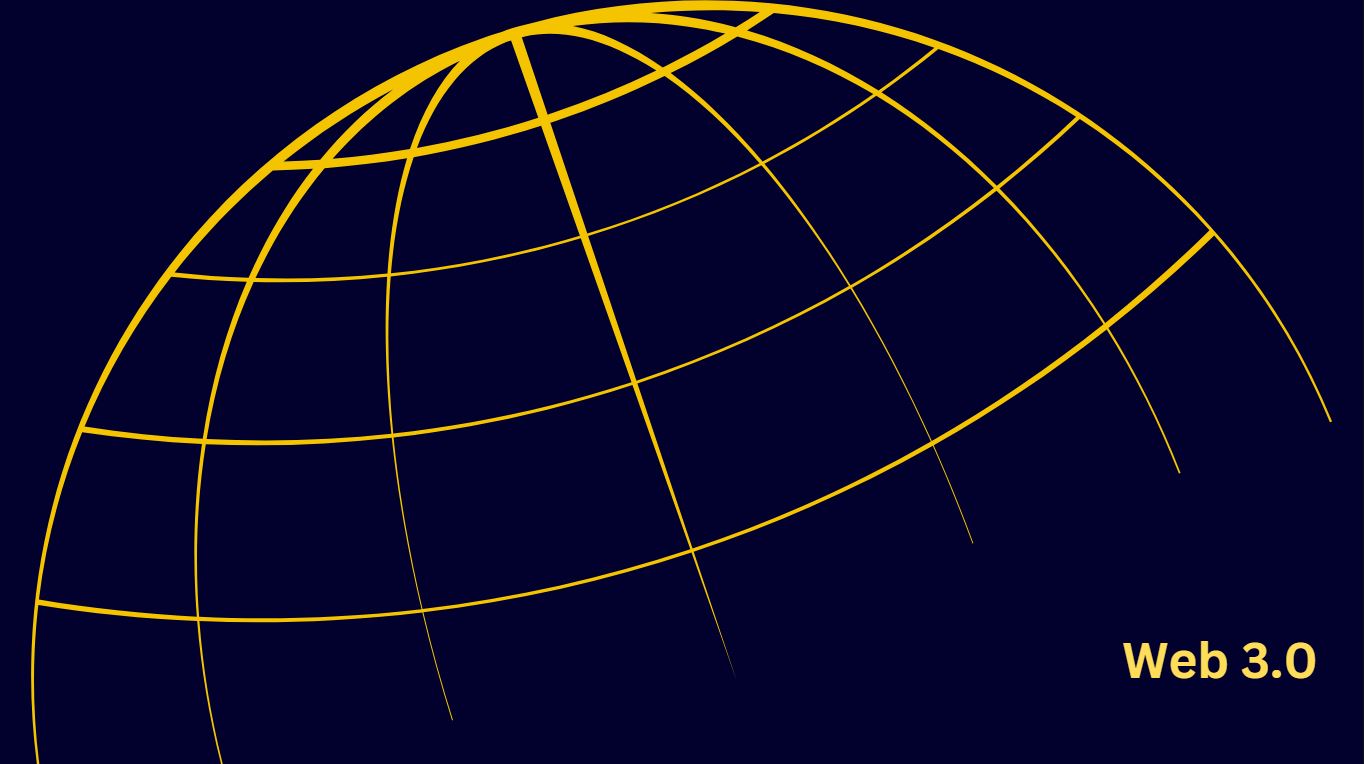- Likes
- Followers
- Followers
- Followers
- Subscribers
- Followers
- Members
- Followers
- Members
- Subscribers
- Subscribers
- Posts
- Comments
- Members
- Subscribe
Understanding Web 3.0: The Next Evolution of the Internet

Web 3.0 is the term used to describe the next generation of the internet, which is defined by peer-to-peer, decentralized networks and apps that put the privacy, security, and management of users’ data first. By utilizing technologies like blockchain, artificial intelligence, and decentralized protocols, Web 3.0 seeks to remedy the inadequacies of centralized platforms, in contrast to Web 2.0, which brought interactive and collaborative features like social networking and user-generated content. In order to facilitate more decentralized and democratic user interaction with online services and information, this vision of the internet places a strong emphasis on transparency, autonomy, and interoperability.
Overview of Web 3.0
The internet has changed dramatically in recent years, moving from static web pages to dynamic, interactive platforms that allow for previously unheard-of levels of communication and collaboration. We are living through the next stage of this evolution, which is characterized by decentralization, improved privacy, and user empowerment, with the advent of Web 3.0.
A paradigm shift in our understanding of and interactions with the online environment is represented by Web 3.0. The foundation of it is decentralized networks and protocols, including blockchain technology, in contrast to its predecessors, which mostly depended on centralized servers and platforms. By doing away with the necessity for middlemen, decentralization enables users to transact value directly and independently of outside services.
Data sovereignty, which stresses the ownership and control of personal data by individuals, is one of the fundamental principles of Web 3.0. Large tech businesses frequently gather and profit from user data without the agreement of users in the present internet ecosystem. On the other hand, it aims to provide people more authority over their data by letting them choose how it is shared and utilized.
Posts You May Like
The implementation of blockchain technology is essential to realizing this data sovereignty objective. Blockchain provides verifiable data ownership, safe and transparent transactions, and the use of cryptographic algorithms and distributed ledgers. Users are guaranteed complete visibility and control over their digital identities and assets because to this.
Furthermore, Web 3.0 places a high priority on security and privacy, addressing issues with data breaches and spying that have grown more common in the age of technology. It attempts to establish a more secure online environment where users may interact and transact with confidence through the use of encryption and decentralized structures.
Interoperability, or the capacity of various systems and platforms to easily communicate and exchange data, is another essential component of Web 3.0. In today’s online environment, isolated ecosystems frequently impede creativity and cooperation. On the other hand, Web 3.0 encourages open standards and protocols that make it possible for various networks and apps to work together, creating a more dynamic and linked digital ecosystem.
Differences in Web 1.0, Web 2.0 and Web 3.0
1. Web 1.0
- The “read-only web,” or Web 1.0, appeared in the early 1990s and persisted until the early 2000s.
- Users could only access and consume content on this mostly static, one-way platform; they were unable to participate or add content.
- The majority of websites were static HTML pages with little to no interactive elements.
- Online information publishing, including business websites and online brochures, was the main focus.
- The internet was mostly dominated by content providers and website owners, with little to no user-generated material or social engagement.
2. Web 2.0
- Around the middle of the 2000s, a more dynamic and participatory online experience was offered with the advent of Web 2.0.
- It signaled the change from a read-only to a read-write web, allowing users to produce and distribute material in addition to consuming it.
- Increased user participation and cooperation were made possible by Web 2.0 platforms’ introduction of social networking, user-generated content, and collaborative tools.
- Web 2.0 technologies encompass many platforms such as WordPress and Blogger for blogging, and social media sites like Facebook, Orkut, Twitter, and YouTube.
- Due to Web 2.0’s emphasis on user involvement, community development, and the democratization of content creation, social networking and user-generated content have grown in popularity.
3. Web 3.0
- Web 3.0, sometimes referred to as the “decentralized web” or the “semantic web,” is the next stage of the internet’s development.
- Adoption of decentralized technology, such blockchain, and an emphasis on data sovereignty, privacy, and interoperability are its defining characteristics.
- Web 3.0 prioritizes decentralization, improved privacy, and user control over data in an effort to remedy the drawbacks and shortcomings of Web 2.0.
- Web 3.0 is based on decentralized networks and protocols that allow peer-to-peer interactions and transactions, in contrast to Web 2.0, which depends on centralized platforms and middlemen.
- Peer-to-peer markets, decentralized finance (DeFi) platforms, and blockchain-based apps are a few examples of Web 3.0 technology.
- Web 3.0 aims to give people more authority over their digital identities and assets and to promote a more secure, transparent, and inclusive internet ecosystem.
In conclusion, Web 2.0 brought interaction and user-generated content, whereas Web 1.0 was defined by static web pages and one-way communication only. By embracing decentralization, privacy, and user empowerment, Web 3.0 expands upon these foundations and opens the door to a more user-centric and decentralized online experience.
To sum up, Web 3.0 is a paradigm change that will lead to a more private, decentralized, and user-focused internet. Web 3.0 promises to empower people, encourage innovation, and improve the online environment by adopting the concepts of decentralization, data sovereignty, and interoperability. To make sure that Web 3.0 serves society as a whole, it is essential that we give inclusion, transparency, and ethical considerations top priority as we continue to explore the potential of this next evolution of the internet.
Image credit- Canva


Comments are closed.